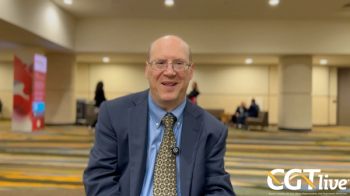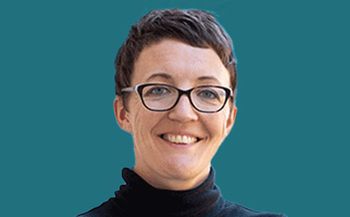
Diana Bharucha-Goebel, MD, and Bakri Elsheikh, MBBS, FRCP, on Considerations for Starting SMA Treatment
The clinical neurophysiologist at Children’s National and the professor of neurology at The Ohio State University Wexner Medical Center discussed treatment decisions in newly diagnosed SMA.
This video originally appeared on our sister site,
Clinically, when I think about choosing which therapy to start, I also look at factors like administration route, side effects, baseline symptoms, and lab results. For older individuals, we might consider things like scoliosis, which can affect whether an intrathecal or oral option is more appropriate. We also take into account how often the treatment needs to be given, as well as the family’s or patient’s preferences. It’s a multilayered decision that combines clinical safety, logistics, and shared decision-making.
An autosomal recessive disorder, spinal muscular atrophy (SMA) is caused by mutations in both copies of the SMN1 gene on, which is found on chromosome 5q. It appears in about 1 in 15,000 live births. Carrier rates vary by ethnicity in the United States, from 1 in 47 for Whites to 1 in 72 for African Americans, with respective detection rates of 94.8% and 70.5%. Progressive muscle weakness and atrophy result from the dysfunction and irreversible loss of alpha motor neurons in the spinal cord and brainstem in patients with SMA.
Cure SMA, an advocacy group focused on pushing forward the care of patients with SMA, released a new best practices guideline earlier this year regarding decision-making for healthcare providers (HCP), patients, and caregivers in North American and Western Europe. CGTLive®'s sister site, NeurologyLive® brought together study authors Diana Bharucha-Goebel, MD, a clinical neurophysiologist at Children’s National, and Bakri Elsheikh, MBBS, FRCP, a professor of neurology at The Ohio State University Wexner Medical Center, to help translate these recent updates.
In episode 2, Bharucha-Goebel and Elsheikh explore the multifaceted decision-making process when starting treatment for newly diagnosed patients with SMA. They discussed the urgency of early intervention, particularly in infants, the importance of SMN2 copy number, and the need to explain genetics, treatment options, and safety considerations to patients' families. The conversation emphasized the evolving nature of SMA classification and the central role of shared decision-making between clinicians, patients, and caregivers.
To visit the 2025 Cure SMA Update in Best Practices,
Newsletter
Stay at the forefront of cutting-edge science with CGT—your direct line to expert insights, breakthrough data, and real-time coverage of the latest advancements in cell and gene therapy.











































